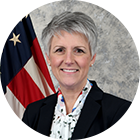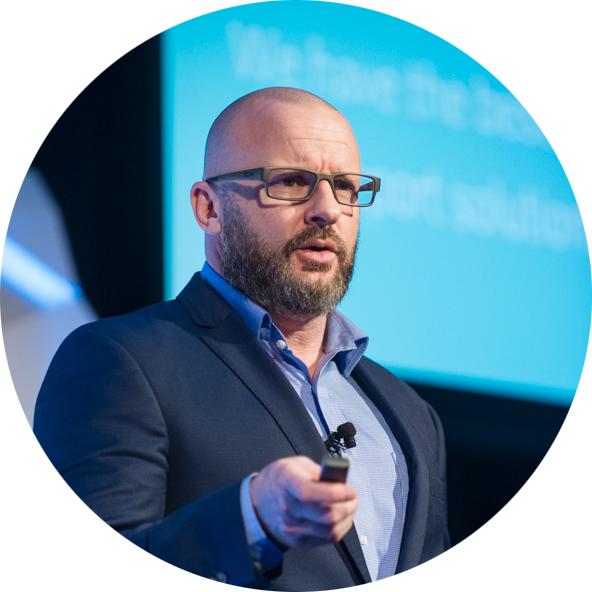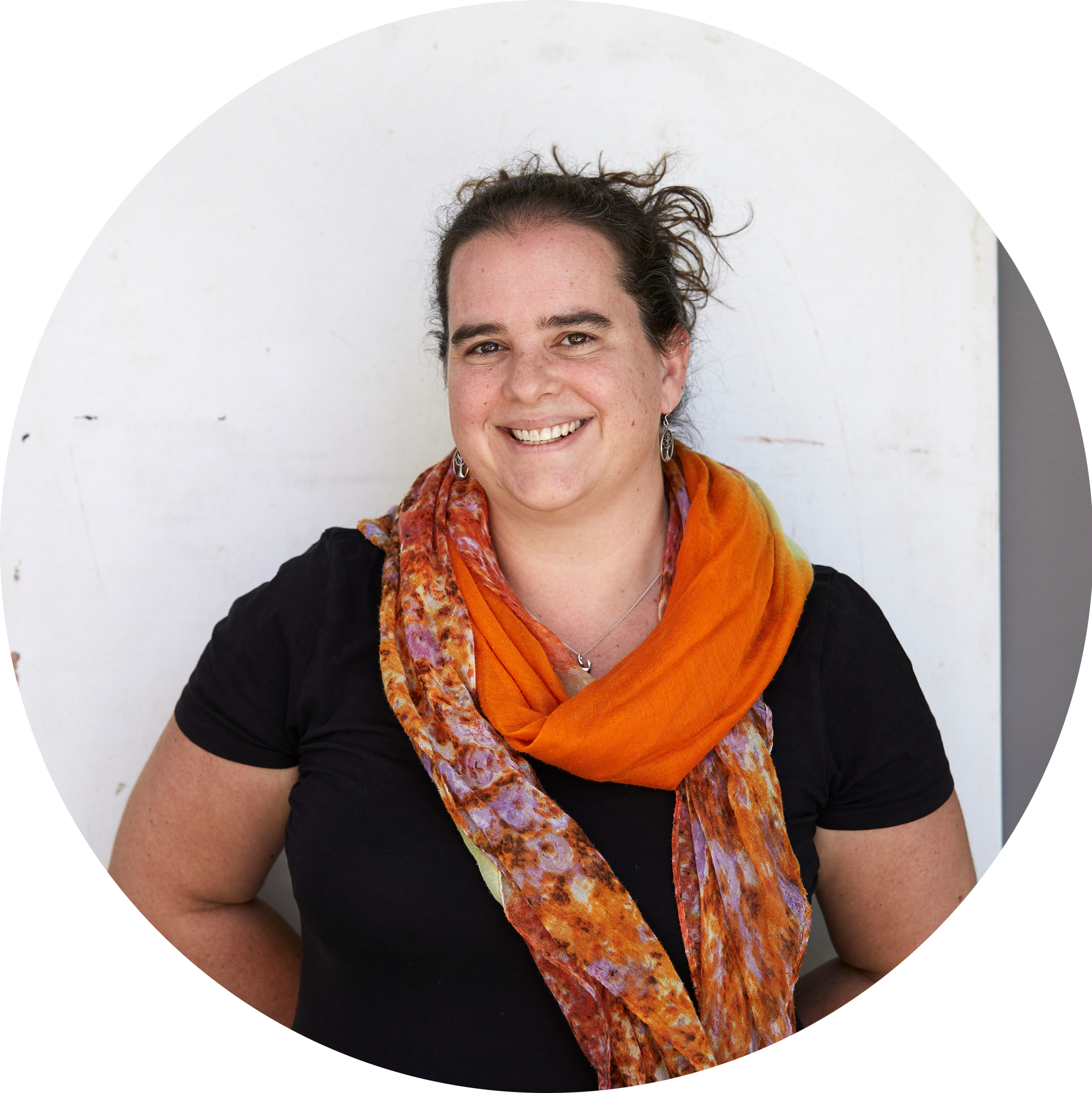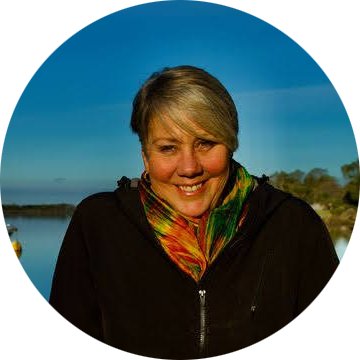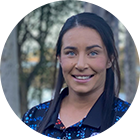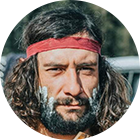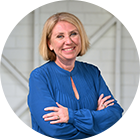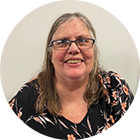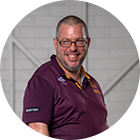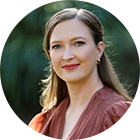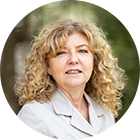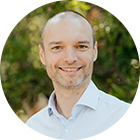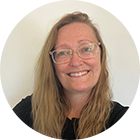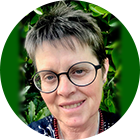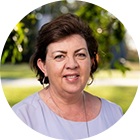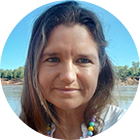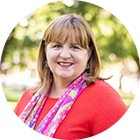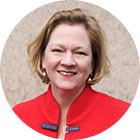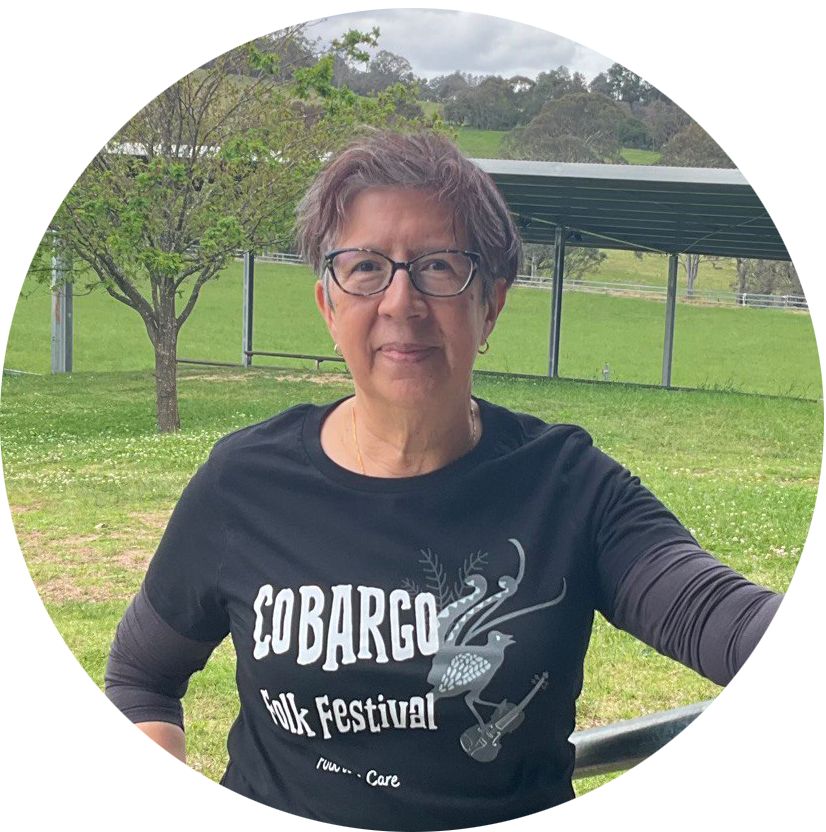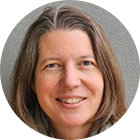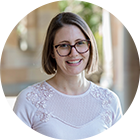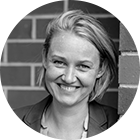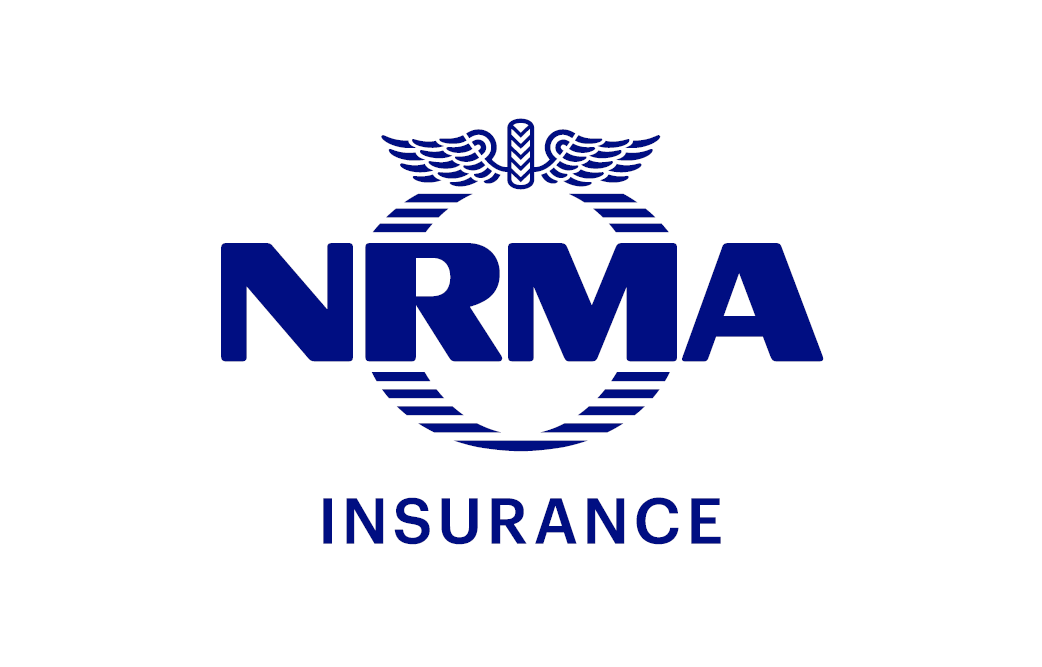Jo Hutchinson
Jo Hutchinson commenced as the Assistant Coordinator General of the Policy and Design Branch in May 2023 after joining the National Emergency Management Agency in 2022.
With more than 14 years in the Australian Public Service and a deep background in leadership across all areas of policy development and community engagement, Jo has dedicated her career to driving positive change and delivering system-wide reform that creates lasting impact. This was exemplified in her previous positions in the Australian Government Department of Climate Change, Energy, the Environment and Water, where she was responsible for providing national climate adaptation policy advice and supported Australia’s international cooperation efforts through the UNFCCC COP26, and through the Department of Agriculture and Water where she worked in national biosecurity policy.
Jo is passionate about ensuring the wellbeing and safety of Australians facing disasters and has most recently led the development of the Second National Action Plan to implement the National Disaster Risk Reduction Framework.
Dr Rhys Bollen
Rhys leads ASIC’s Credit, Banking and General Insurance team, which has primary responsibility for the supervision of general insurance providers, retail banking, credit intermediaries (including mortgage brokers), consumer and small business credit, and electronic payments. He also oversees ASIC’s Indigenous Outreach Program.
Rhys was previously the Senior Executive Leader of ASIC’s Insurers team and, before that, the Investment Managers team. He has also held senior leadership roles in ASIC’s international strategy, consumer and strategic policy teams.
Rhys has more than 20 years’ experience as a regulator, academic and public policy practitioner. Before joining ASIC, he was an Executive Director at the NSW State Insurance Regulatory Authority, and Assistant Commissioner for Policy and Strategy at NSW Fair Trading. He has also worked in private legal practice. Rhys has a PhD in financial services regulation and Masters degrees in both law and business.
Dr Sean Carmody
Dr Sean Carmody is the Executive Director for the Insurance Division of APRA. The division is responsible for the prudential supervision of the insurance industry, including general insurance, life insurance and friendly societies and private health insurance. Sean joined APRA in December 2017 as the Executive General Manager, Risk and Analytics Division.
Sean has over 20 years experience across banking, financial markets and funds management. Prior to joining APRA he was General Manager, Risk Analytics and Insights at Westpac where he had responsibility across risk modelling and reporting, market risk and liquidity risk. He has also held roles at Westpac as Head of Credit Risk, Head of Market Risk and the Head of Credit Portfolio Management in WIB. His previous experience includes working in funds management (Barclays Global Investors) and investment banking (Deutsche Bank) and his qualifications include a PhD in Pure Mathematics from St John's College, Cambridge.
Dr Christopher Wallace
Bec (Hons), PhD (Econ), AMP (INSEAD), ANZIIF Fellow CIP, GAICD
Chris Wallace is an insurance executive with experience in general insurance, workers compensation, health insurance, medical indemnity, and reinsurance. He has worked extensively in insurance leadership roles within insurers and as a consultant to the insurance industry.
Chris has leadership experience in most aspects of the insurance sector including small, specialised insurers and large insurers.
Chris is also a non-executive director and Chair of MIPS Insurance Pty Ltd, a medical indemnity insurer. Through his role with ARPC, Chris is also a member of the OECD High Level Advisory Board for the Financial Management of Large-Scale Catastrophe Risks.
Previous professional roles include being General Manager Workers Compensation at GIO, Executive Director at Ernst & Young, and General Manager Benefits Management at HCF.
ARPC is a member of the International Forum for Terrorism Risk (Re) Insurance Pools, where Chris is also President.
Chris has a Doctor of Philosophy in Economics, specialising in general insurance pricing and strategy. He is a fellow of the Australian and New Zealand Institute of Insurance and Finance, a Certified Insurance Professional, and a Graduate of the Australian Institute of Company Directors.
Rob Preston
Robb leads Treasury’s Banking, Insurance and Credit Branch, which is responsible for policy development in these areas.
Robb has over 20 years experience in public policy in areas including superannuation, tax, housing and budget policy. Robb rejoined Treasury from leading Economic Policy Branch at Prime Minister and Cabinet. Robb’s previous Treasury experience includes leading the secretariat of the Retirement Income Review and working on the Henry Tax Review. Robb has worked internationally as a consultant to the World Bank Group in Myanmar and as an advisor to the Government of the Solomon Islands.
Robb holds a masters in Finance, and degrees in economics and science.





